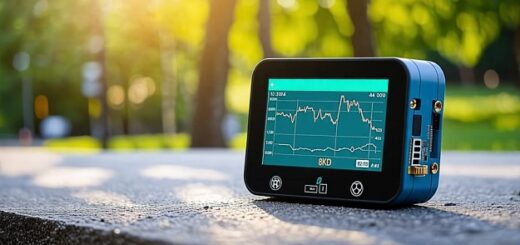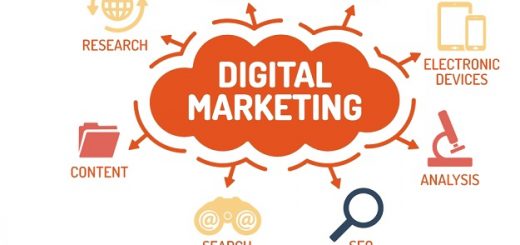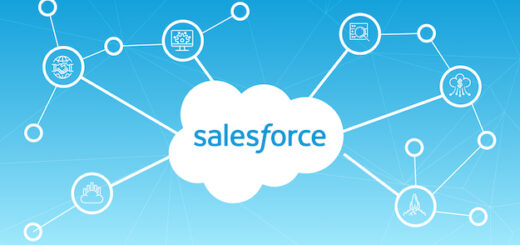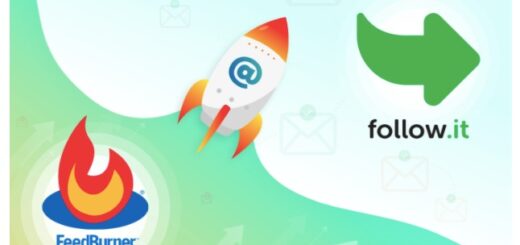When it comes to online retail, rest assured that it has become highly competitive and unsafe. It has been under continuous assault by the online notorious actors inclusive of the big industry competitors. Such threats have provided an advantage to several bad bots in numerous ways whereby hurting several online retailers worldwide.
Bad bots scrape product data and prices, endanger the overall security of e-commerce sites, perform click frauds, and hamper brand reputation and customer loyalty. Among the several bad bots threats that you may come across, price scraping and product data scraping have become widespread and expensive to several online retailers.
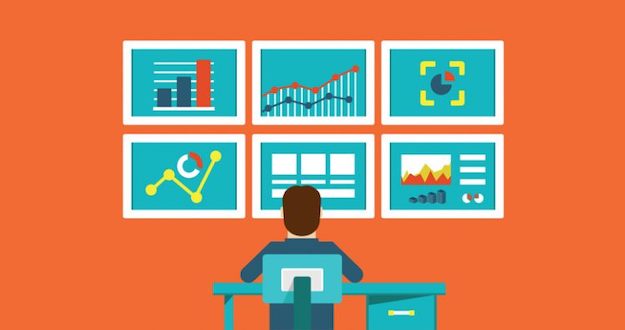
Scrape pricing and product data
Numerous online retailers have spent a huge amount of money establishing their brand presence online. They have gathered the loyalty of the customers in all these years. The customers have been known to become the lifeblood of their business. Nonetheless, a growing and huge pool of online competitors have been working hard every day to steal the customers and win their business permanently.
It would be pertinent to mention here that such bad actors look forward to scraping essential information from legitimate online retail websites for gaining pricing and product intelligence to be used for undercutting their pricing or position against their offerings. They have been termed as pricing bots, price scrapers, or pricing intelligence solutions. Rest assured that the entire industry has started to grow around the use of automated bots committed to scraping as much data as possible from the site of an online retailer.
Find below the five most common types of data scraping activities prevalent that online retailers could expect to find on their sites.
1. Price scraping
Bots are known to target the pricing section of the site along with scrape pricing information to share with online competitors.
2. Product matching
Bots would gather loads of data points from a retail website to make the precise match against the wide variety of products of the retailer.
3. Product variation tracking
Bots scrape product data to a level accounting for numerous variants in a product or product line inclusive of cut, color, or size.
4. Targeting product availability
Bots would scrape product availability data to facilitate competitive positioning against the products of the retailer. It would be based on the availability and inventory level of the services and products.
5. Constant data refresh
Bots would visit the same online retail website regularly to make the buyers of the scrape data react to the changes made by the targeted retail website.
Is it difficult to prevent price-scraping bots?
Several reasons have been associated with the lack of prevention of price scraping bots.
– The specific nature of the industry makes identifying and prosecuting the ones launching the bots relatively difficult, expensive, and time-consuming. Bots could come from almost all locations in the world, whereby most of them originating from popular networks and hosting providers trusted by the organizations.
– Frequent origination of illegal bots from international locations makes US laws do little or no recourse in such situations, even after identification of the bot originators.
– A majority of bot technologies are not deemed criminal. As a result, the vendors offering price-scraping solutions publicly would flaunt the name of the legitimate, large, and popular business as their customers.
With more vendors competing to provide highly sophisticated price scraping along with product data scraping products, you would come across several competitive companies in the race. However, for an online retailer, it implies a tremendous rise in the requirement for a holistic approach for bot defense. It needs the bot defense to be both adaptable and sophisticated as the threat has been.
Why the prevalence of price scraping
Known as pricing intelligence solutions, these products have brought advanced features and enhanced levels of sophistication for attacks on retailer sites. It has been based on the traditional price scraping functionality. They incorporate additional aspects for stealing and using the retail site data of the victim in a damaging and scalable way.
Let us delve into how their price scrapping strategies work.
• Crawling
Customized and frequently changing bots crawl into the site of the retailer. It hits the website every day whereby targeting the product pages specifically along with scanning every product.
• Morphing
Bots would take the form of data extractors whereby morphing in line with making changes to the site of the retailer. In this way, bots could attack a website, despite the retailer adding complexity.
• Matching
Bots would gather several pieces of information to match against the products of the retailer. They lift inventory, pricing, and availability data from the shopping cart along with other available site locations.
• Analytics
It benefits semantic analysis along with data mining. The bots would make matches using analytics engines going through the data scraped by bots to products and prices, regardless of the scraped data is not a precise match. The other advanced analytics along with semantic analysis allows the recipients of scraped data to make numerous positioning moves in the competition and stealing the competitive advantage.

